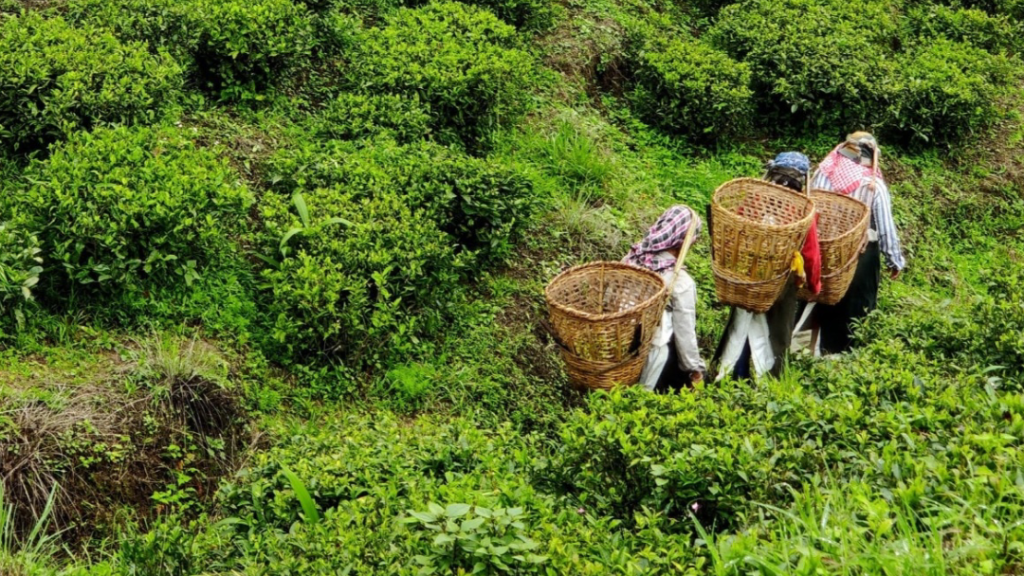Tea’s origins outside of India are widely acknowledged. It was not until the advent of British plantations in 1835 that black tea gained traction within the country. However, it wasn’t until the 1960s that tea truly permeated Indian society, becoming a staple beverage among the masses.
In the 1920s, British tea companies endeavored to introduce their product to India, initially appealing primarily to the affluent. Yet, the landscape shifted dramatically with the emergence of CTC Tea in the 1960s—a more affordable option with a robust flavor, often enjoyed with milk and sugar. This accessibility propelled tea from an elite indulgence to a ubiquitous drink found on street corners and factory floors alike, sustaining people through long days of labor.
Fast forward to 2024, and a new tea culture has taken root in India—luxury tea culture. The market boasts an extensive array of tea varieties, with brands like Goodricke, Wagh Bakri, and Golden Tips embracing innovation to cater not only to local tastes but also to a global clientele.
Industry insiders note a significant shift towards specialty teas, flavored herbal blends, and fusion varieties. This evolution reflects both a reverence for tradition and a penchant for contemporary preferences. Moreover, consumers increasingly prioritize sustainability, ethical sourcing, and health-conscious choices, driving the demand for premium teas with provenance and authenticity.
The surge in exotic teas aligns with changing consumer lifestyles and preferences, particularly among Millennials and Gen Z, who prioritize wellness and seek out teas with medicinal properties. This inclination towards premium tea experiences underscores a desire for indulgence, sensory pleasure, and potential health benefits.
Brands have indeed witnessed a surge in sales, fueled by rising disposable incomes and a redefined concept of luxury emphasizing quality and traceability. The enduring appeal of luxury tea culture in India is underscored by its rich heritage, diverse growing regions, and the unparalleled sensory experiences it offers.
From exquisite blends infused with botanicals and superfoods to rare selections like Swarna Panam, luxury tea in India caters to a discerning clientele willing to invest in exceptional quality and taste. While the landscape of tea consumption may evolve, one thing remains constant—the enduring presence of tea culture in Indian life, a testament to its timeless allure and cultural significance.

